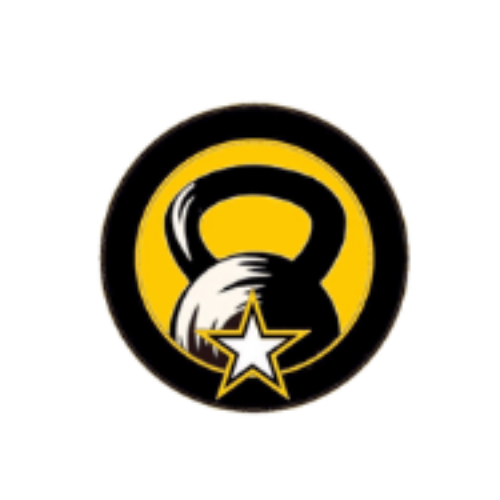Slams with a med ball are a dynamic and effective full-body exercise that primarily targets your core, shoulders, and legs. Here’s a step-by-step guide:
Video Instructions on How to Do Medicine Ball Slams
Exercise: Medicine Ball Slams
Muscles Worked:
- Core muscles (abdominals, obliques)
- Shoulders
- Legs
Equipment Needed:
- Medicine ball (choose a weight that challenges you but allows for proper form)
Instructions:
- Starting Position:
- Stand with your feet shoulder-width apart, knees slightly bent.
- Hold the medicine ball with both hands in front of you.
- Lift the Ball:
- Engage your core muscles and lift the medicine ball overhead. Fully extend your arms.
- Slamming the Ball:
- With force, slam the medicine ball onto the ground in front of you.
- As you slam the ball, bend your knees and hinge at your hips, maintaining a strong and stable core.
- Catch and Reset:
- As the ball rebounds, be ready to catch it on the bounce.
- Keep your core engaged and use your legs to help absorb the impact.
- Repeat:
- Immediately lift the ball again and repeat the slamming motion for the desired number of repetitions.
Tips:
- Ensure proper form throughout the movement. Keep your back straight, and avoid rounding your spine.
- Use your whole body to generate power for the slam, not just your arms.
- Choose a medicine ball weight that challenges you but allows you to maintain control and proper form.
- Keep a quick pace, moving from one slam to the next to maintain intensity.
Variations:
- You can add a twist to work your obliques by turning your torso as you slam the ball.
- Experiment with different medicine ball weights to adjust the intensity of the exercise.
Safety Precautions:
- Be mindful of your surroundings, especially if you’re in a shared gym space.
- If you have any existing medical conditions or injuries, consult with a fitness professional or healthcare provider before attempting this exercise.
Remember to warm up before starting any exercise routine and cool down afterward. If you experience pain beyond normal muscle soreness, stop the exercise and consult with a fitness professional or healthcare provider.



